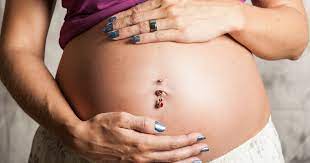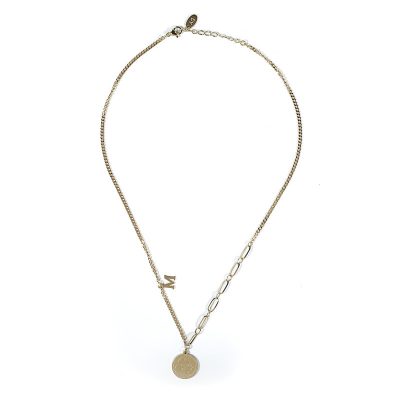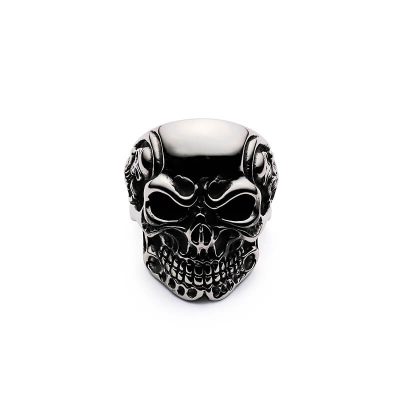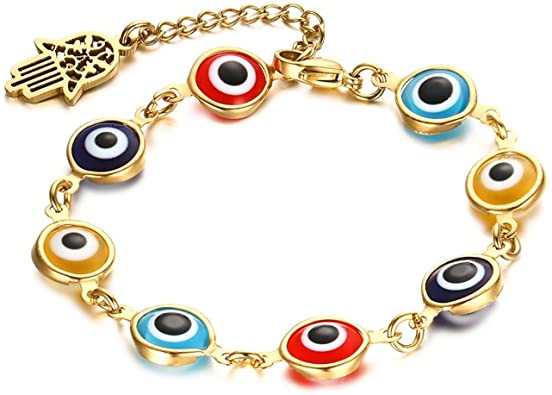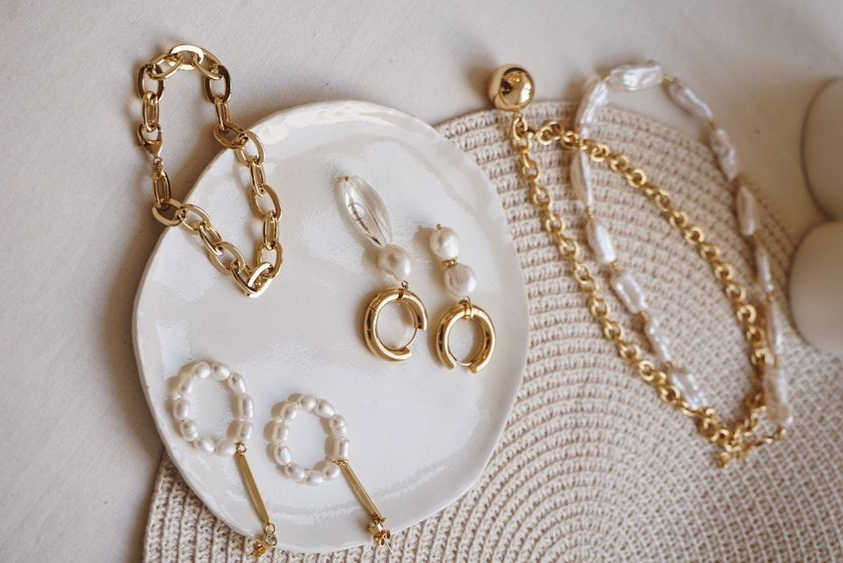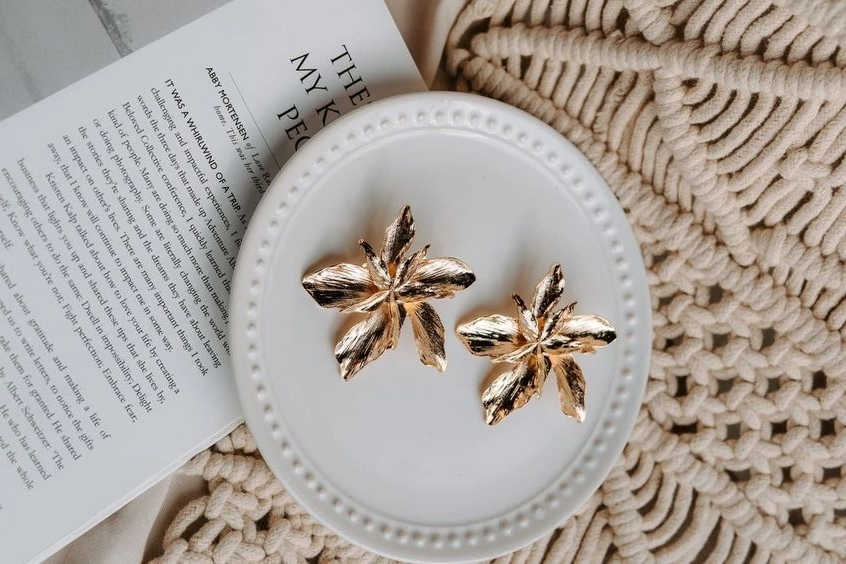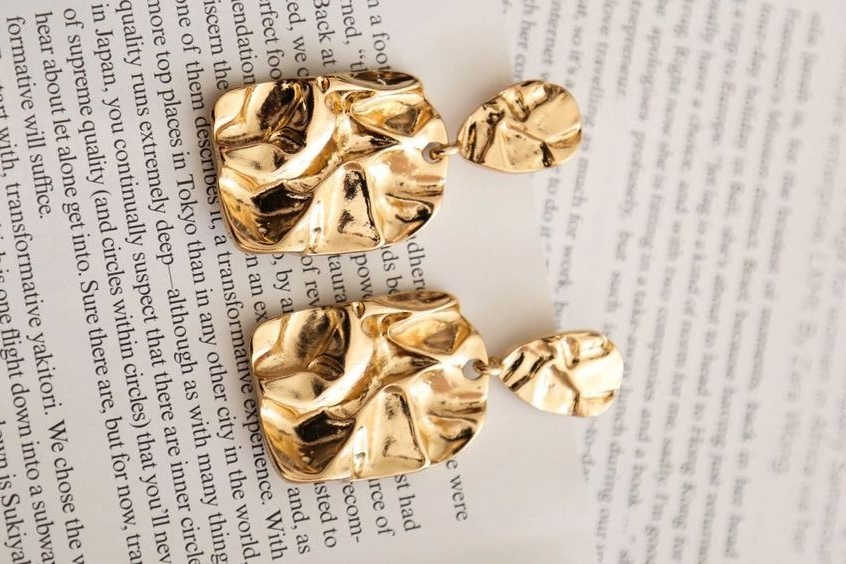A pregnancy belly ring is a unique kind of belly button ring worn in a navel piercing. These special retainers are made so that expectant mothers can comfortably and safely keep their navel piercings while they are pregnant. “Normal” belly rings are the typical, curved barbell shape or done in a “j-bar” style, but a pregnancy belly ring looks quite different. At first glance, they may look HUGE – but this is purposeful. These retainers are made to belong because they can be customized to fit – something that can be done right in the comfort of your own home.
Being pregnant is nothing short of a miracle of nature… But you don’t have to give up on your navel ring due to your growing baby bump! These flexible, bioplast pregnancy retainers are perfect for any mama looking to keep their pierced and modified look for nine months and beyond!
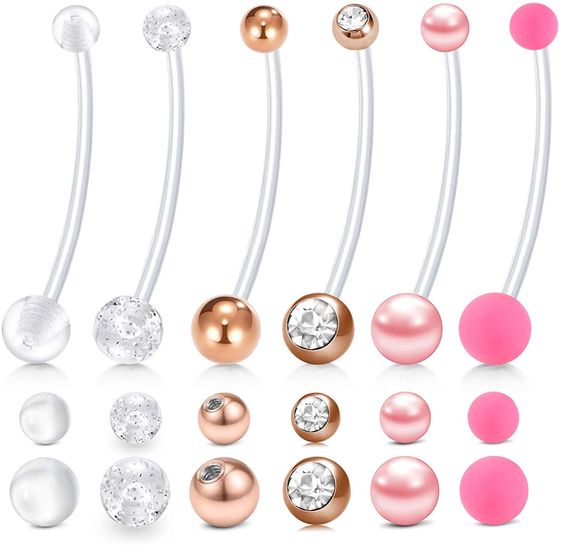
Can I keep my belly button ring in during pregnancy?
Do I have to take my belly button ring out now that I’m pregnant? Not right away, but once your belly really starts to pop (by week 20 or so), you’ll probably want to remove it. The skin covering your belly begins to stretch, the area around the ring may become irritated and painful, and more prone to infection. If you manage to make it through all 40 weeks with your belly button ring in place, your doctor will likely ask you to remove it before delivery (in case you end up needing a c-section).
When does your belly button usually change during pregnancy?
Most women find that their navels begin changing around the end of the second trimester of pregnancy.
What causes belly button changes during pregnancy?
Your rapidly expanding uterus pushes your abdomen forward, making even the most inverted innie belly button become an outie.
What can I do about belly button changes when I’m pregnant?
There’s nothing you can do to prevent changes to your navel during pregnancy. Just about every belly button pops at some point during pregnancy. Like so many other pregnancy symptoms, a popped-out belly button is harmless.
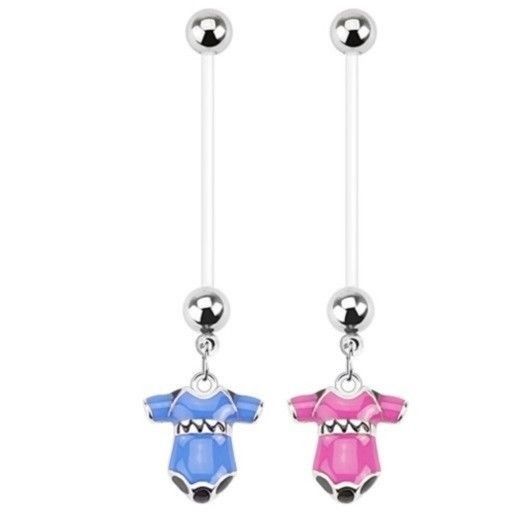
What causes bellybutton pain during pregnancy?
There are a number of potential causes for belly or belly button pain during pregnancy, including:
- Friction. Your newly outie navel might get irritated from rubbing against your clothes. Try using a specially-designed belly button cover or a pregnancy support product, like a tummy sleeve or tummy shaper, to protect a popped-out navel.
- Umbilical hernia. This happens when there’s a small tear in the abdominal wall. You’ll notice a soft lump around your navel. Learn more about umbilical hernias below.
- A too-tight belly button piercing. If you keep your belly button piercing during pregnancy, it might start to get irritated as your baby bump grows or possibly catch on your clothing. Watch for redness, which signals that the piercing might be too tight.
- Dry, tight skin. Pregnancy hormones and stretching of the skin with your growing baby bump can make your belly feel itchy, which can be uncomfortable or downright painful. Applying lotion daily helps.
- PUPPP or PEP. Be sure to let your doctor know if itching on and around your belly button is accompanied by a rash. It may signal a more serious pregnancy condition, like pruritic urticarial papules and plaques of pregnancy (PUPPP) or polymorphic eruption of pregnancy (PEP).
Will my belly button go back to normal after pregnancy?
Yes, your belly button will get right back to its regular position a few months after delivery, although it may look a little stretched out or “lived in.” It’s a badge of honor to wear proudly!
Does a navel piercing hurt?
If you’re considering a retainer for your pregnancy, you already know… Yes! But for those who haven’t been pierced yet – during the piercing process, a professional piercer will push a needle through the skin around your belly button. Since the navel is a fleshy piercing, you will most likely experience it as a sharp, quick pinch… We promise it’s going to be over before you know it!
How Do I Adjust the Length of My Pregnancy Belly Ring?
At an eye-catching 2″ long, you might be wondering why pregnancy belly rings come at such a strange length. They come long on purpose – pregnancy rings can be trimmed down to fit an individual’s unique piercing needs as their body changes throughout the pregnancy.
1.) Unscrew – remove the ball end from the top of your pregnancy retainer. You can also remove the bottom ball if necessary – they will both be able to be screwed back on later.
2.) Measure – carefully measure out the length of barbell that you’ll need to accommodate your growing belly. Remove your current jewelry and insert your retainer to figure out a comfortable length that works for you.
3.) Trim – Remove the jewelry from your piercing. Cut the bioplast retainer with a pair of scissors at approximately a 45 degree angle. Make sure you trim it at the length you previously measured – remember you can always trim more, but you can’t add length back on once it’s snipped!
4.) Re-screw – screw the ball end back onto the end that has just been cut. Bioplast is a unique material in that the threading inside of the ball will re-thread the snipped end of the retainer. This might take a few tries, but the threads will eventually form.
5.) Adjust – snip more and re-thread the end if you need to make any further adjustments… Otherwise, congratulations on both your pregnancy and your safe and comfy navel ring!
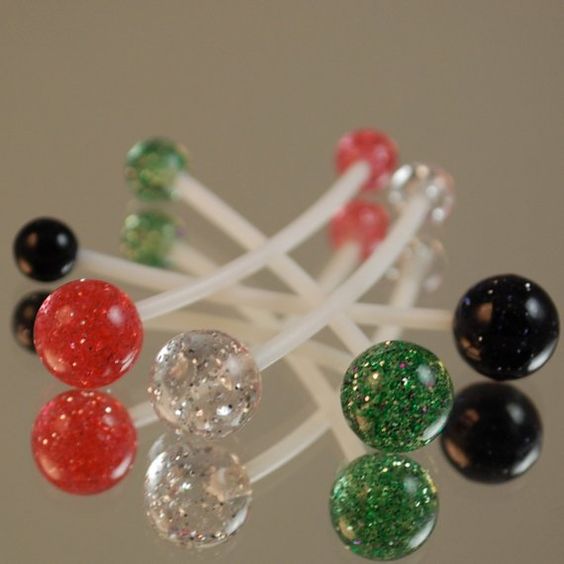
How much does it hurt?
It’s important to recognize that everybody is different, so pain tolerance in every case is completely subjective. If you can handle a quick pinch, diligent aftercare, and tender patience throughout the healing process, your navel piercing will be fully healed before you know it.
In terms of inserting a pregnancy belly ring, your piercing should already be healed, so you shouldn’t experience much pain (if any at all). If you unexpectedly (or expectedly) get pregnant before your belly button piercing has fully healed, it might be a better idea to take the piercing out entirely until you can let the piercing heal uninterrupted for at least six months.
Either way, pregnant or not, be sure to follow your professional piercer’s aftercare instructions for a quick and healthy healing time. If you want help with your pregnancy retainer, you can always head back to your piercer for advice on insertion, trimming, and ways to keep your piercing and your body protected throughout your pregnancy.
How Long Do Belly Piercings Take to Heal?
A navel ring is located in a fleshy area (as opposed to cartilage) with plenty of blood supply. Most individuals will notice the outside of the piercing appear healed up in about four (4) to six (6) weeks. Be gentle with it, because your piercing is probably still healing on the inside.
Everybody’s healing process will be different, but you will more than likely want to give it at least two to three months to fully heal. To be safe, you should plan for at least six to eight months of diligent aftercare.
If you plan to get pregnant, make sure your belly piercing is fully healed if you plan on keeping your mod. Before you try to swap out your freshly pierced belly ring for a retainer, it’s important to make sure that you have completely healed to avoid the possibility of injury or infection.
Does your body reject piercings when pregnant?
The two main types of popular surface piercings involve bars and microdermals. Surface piercings may have a higher rate of rejection and/or infection than ear piercing or other body piercings. A pregnant woman’s immune system is suppressed during pregnancy, which leaves surface piercing on the borderline of unsafe.
Surface Piercings and Pregnancy
Barbell surface piercings
Barbell surface piercings are performed like eyebrow piercings. The skin is pinched and a sharp, sterile tool is used to create two holes. The barbell is matched to the length of the hole creating the effect of two single jewelry implants. Popular locations for barbell piercings include the neck, hips, and chest.
Microdermals or single implants
Microdermal implants are less invasive than traditional surface piercings. A small hole is placed in the skin with a punch or gauged piercing needle. The piercer places a small anchor into the hole with a post or healing nub sticking out through the hole. Jewelry is screwed into the healing nub. Tissue grows through holes in the healing nub, anchoring the piece in place. While some piercers claim microdermal piercings are permanent, the body often rejects the anchor or snagging causes the nub to pull out of the skin.
Infection and rejection risk
Surface piercings tend to reject or infect more often than other forms of piercings. Most professional body piercers believe the higher rejection and infection rates are associated with improper implantation. The high rejection and infection rates pose an increased risk for pregnant women. Though there are likely many pregnant women who have had successful surface piercings during pregnancy, the procedures are not considered safe for pregnant women.
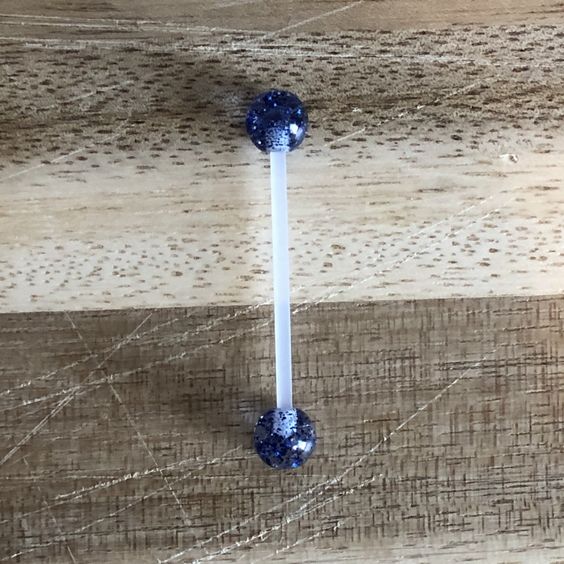
The Association of Professional Piercers recommends skipping all body modifications, including surface piercings, while pregnant. The organization suggests waiting at least three months after birth before trying a new piercing.
Surface Piercings and transdermal/subdermal implants
Surface piercings are not the same as transdermal or subdermal implants. Implants are not piercings and require extensive knowledge, training, and specializing implantation care. Implants are not considered safe for pregnant women as the risk of infection due to compromised immunity during pregnancy is high.
You may think a tiny piece of jewelry placed just under the skin poses no threat to the fetus, but surface piercings and microdermals are not pregnancy-friendly beauty modifications. Wait until after the baby is born to modify your body with surface piercings.
Ten articles before and after
Hypoallergenic earrings for kids
Different Types of Body Piercings
